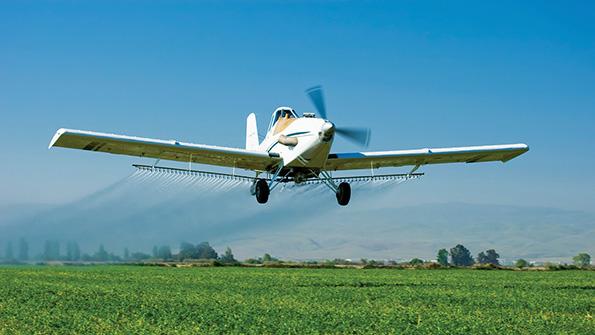
Automatic dependent surveillance-broadcast, the aircraft-tracking technology in widespread use since 2020, has been much in the news of late as a result of its adoption by social media enthusiasts who post details of flights by business jets associated with celebrities ranging from Tom Cruise and Taylor Swift to Elon Musk and John Kerry (AW&ST Sept. 26-Oct. 9, 2022, p. 12). Operators and aviation and business organizations in the U.S., Europe and beyond are understandably concerned, since the information can compromise personal safety and business strategies and be misinterpreted, resulting in inappropriate policies.
In defense of automatic dependent surveillance-broadcast (ADS-B), however, the FAA asserts that it is “an environmentally friendly technology that enhances safety and efficiency, and directly benefits pilots, controllers, airports, airlines and the public,” noting that “it forms the foundation for NextGen by moving from ground radar and navigational aids to precise tracking using satellite signals.” In addition, the agency maintains the historical record of all that tracking—a staggering amount of data—to help it identify and fine-tune traffic patterns and procedures and which, incidentally, helped one worried ag pilot keep servicing crops.
That farm-friendly aviator’s fretting began with an unfriendly call to his boss by a principal operations inspector (POI) from a local FAA office. The caller said he was investigating low-flying complaints against one of the operator’s pilots. When the operator asked for the time, date and place of the alleged infractions so he could investigate, the POI refused to share that information. Days later, both the operator and pilot received letters of investigation (LOI) about the low flights from that same POI, but again no details were listed. However, the FAA representative later asked for complete business records for 10 separate days, and the ag operator complied, delivering hundreds of pages of flight and spray records and business requests.
By then, the operator had also contacted Elizabeth Vasseur-Browne, an attorney with Cooling and Hebers, a well-regarded aviation practice in Kansas City, Missouri. He told her the POI seemed determined to put him out of business. As evidence later revealed, he was right.
Some four months later, the veteran ag pilot, who was also the attorney’s client, received a Notice of Proposed Certificate Action from the FAA informing him that his commercial certificate would be suspended for 90 days as a result of low flying over residences and for operating in a careless and reckless manner. Once again, to everyone’s frustration, the agency provided no details of the alleged violations.
At that point, Vasseur-Browne requested a copy of the FAA’s enforcement investigative report on the matter, and the agency complied, delivering a file that included an eyewitness report, video footage, other documents and, most important, ADS-B tracking data. At long last, the date, time and place of the flight in question were revealed: July 17, 2020, at 1:20 p.m. local time, flying low over a private home.
The cell phone video, taken by the homeowner, himself a pilot, showed a red-and-white agplane flying extremely low over the house before landing at a nearby airport. The video was of poor quality, did not clearly show an N-number and seemed to show an aircraft with a dual cockpit.
While the aircraft the cited pilot flew was also red and white, it had a single-pilot cockpit; the pilot insisted that the aircraft in the video was not his and that he had never landed at that airport. The witness said that after taking the video, he used a commercial ADS-B tracking site to confirm that the aircraft never flew more than 300 ft. above the ground, but he did not explain how he—erroneously, as it turned out—ascertained the aircraft’s registration.
Despite those critical errors, the POI simply accepted the homeowner’s information as factual, emailed a colleague that he wanted the ag operator’s certificate revoked and proceeded with his campaign to do just that.
But then there was the FAA-provided ADS-B data, which is available to any pilot or operator through a Freedom of Information request. This time, the accused and his lawyer combined the data with Google mapping software and studied the results intensely. They revealed that the accused ag pilot had indeed flown over the house in question once, but at 9:45 a.m., and cleared it by more than 700 ft. It also showed he was working fields far from the house when the owner took the video 3.5 hr. later.
Confronted by the facts its own representatives had chosen to ignore, the FAA withdrew the charges and reassigned the POI. Ironically, ADS-B is not required on ag aircraft operating in uncontrolled airspace, but had the one cited not had ADS-B technology, the POI’s misguided campaign would likely have succeeded.
William Garvey was editor-in-chief of Business & Commercial Aviation from 2000 to 2020.






Comments